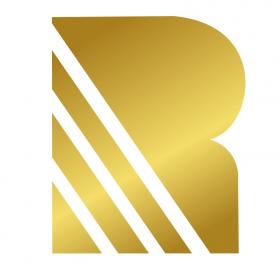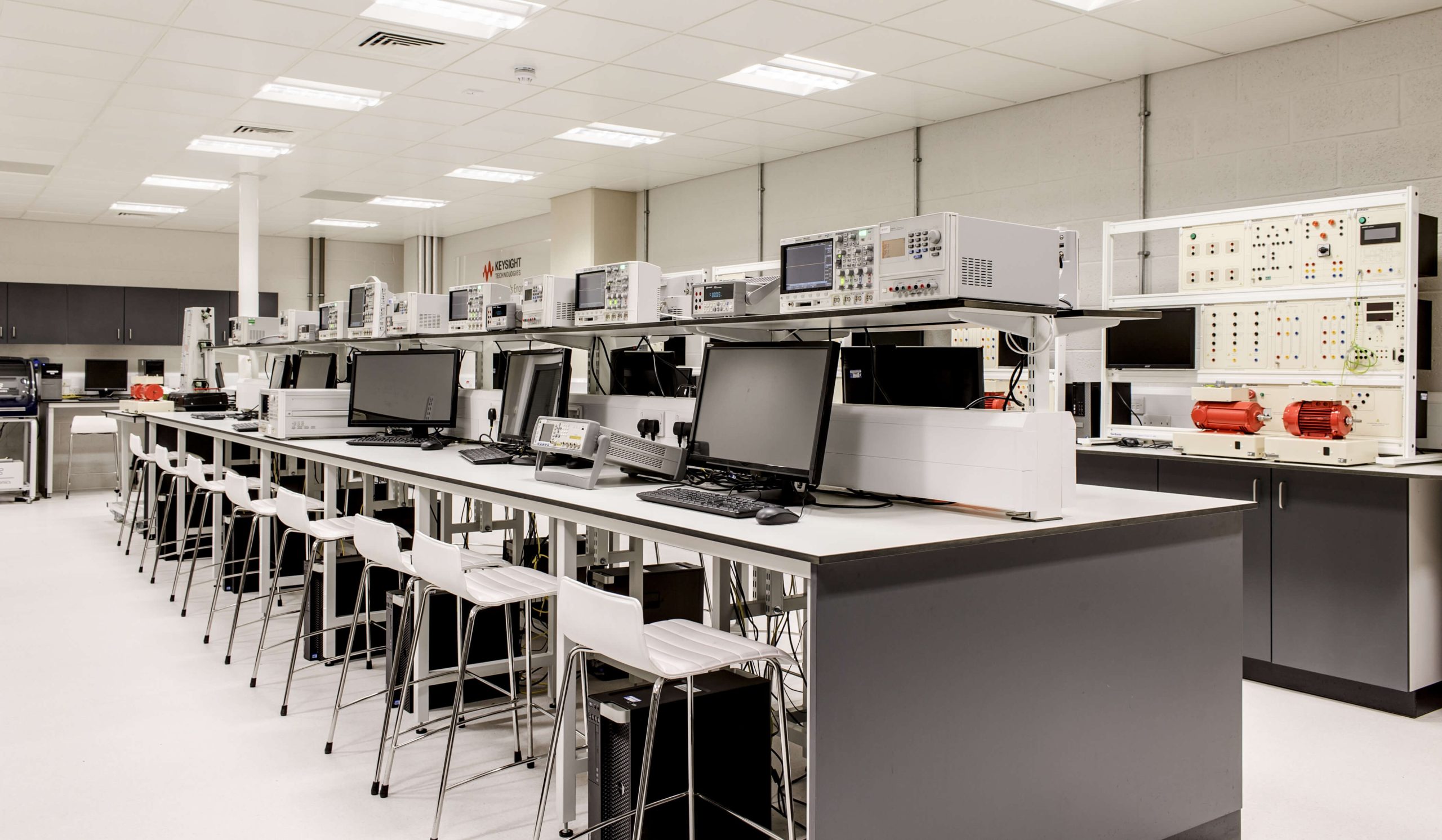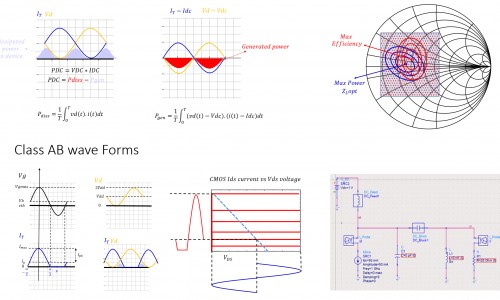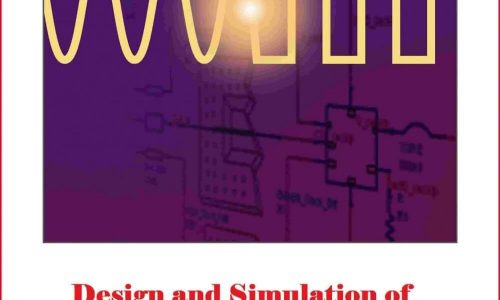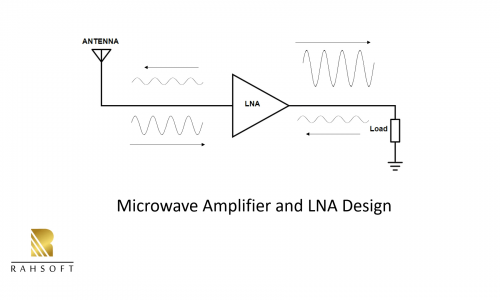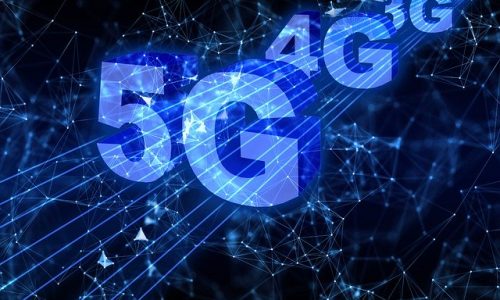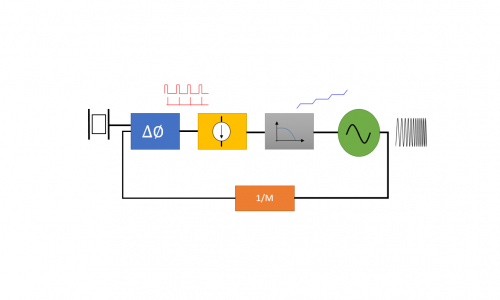Please Note: Before taking this course, it’s important to understand that we won’t be teaching you how to operate specific RF devices like Network Analyzers. Instead, we will equip you with the RF testing mentality and show you how to set up various devices as blocks to achieve accurate RF measurements.
Are you new to the world of RF engineering and testing? If so, this course is your perfect entry point. Designed for engineers and technicians entering the RF field, “Introduction to RF Testing and Fundamentals” will provide you with a comprehensive understanding of RF testing principles and RF architecture.
What You’ll Gain:
By the end of this course, you will have:
- RF Testing Acumen: Develop a solid understanding of RF testing, enabling you to conduct accurate measurements with confidence.
- Test Bench Design Skills: Learn how to design blocks for a test bench, allowing you to perform various RF measurements effectively.
- Strategic Planning: Master the art of planning your RF testing endeavors. Select the right components and devices for your specific design testing needs.
Please be aware that this course will not delve into the operational aspects of devices or their programming.
What You’ll Learn:
We’ll take you through a comprehensive journey:
Chapter 1: Types of Testing
We’ll commence our exploration by distinguishing between laboratory and factory environments. Understanding the unique characteristics of each testing environment is crucial as it prepares you for conducting tests, making informed equipment purchases, and implementing automation effectively.
Chapter 2: RF Losses
In Chapter 2, we’ll delve into one of the fundamental aspects of RF: losses and the concept of a reference plane. Through years of experience, we’ve learned that miscalculating losses is a common cause of inaccurate measurements. These videos will illuminate the significance of measuring loss accurately and defining your reference plane, ultimately enabling you to achieve the most precise measurements.
Chapters 3 and 4: RF Components for Testing
In these chapters, we’ll introduce you to the essential equipment and components commonly used in RF test setups. Our goal is to familiarize you with these components and equip you with the knowledge to seamlessly integrate them into your testing setup. We’ll cover foundational equipment such as power meters, signal generators, and spectrum analyzers. Additionally, you’ll gain insights into key components such as attenuators, couplers, filters, and more.
Chapter 5: RF Test Measurements
To round off the course, Chapter 5 will be dedicated to exploring a diverse range of measurements conducted in an RF environment. You’ll become proficient in the most common measurements essential for testing filters, antennas, transmitters, receivers, and various other RF devices. This chapter includes critical measurements like insertion loss, P1dB, EVM, receiver sensitivity level, and more.

Instructor Biography
The instructor of this course is Eduardo Malfavaun Gonzalez
Eduardo Malfavaun Gonzalez
Eduardo is a seasoned RF Design Engineer with extensive experience in RF Power Amplifiers, cellular designs (2G up to 5G), GNSS, and Wi-Fi products. His journey in the RF field began at Apple and Skyworks Solutions, where he honed his skills as an RF maintenance engineer, specializing in ATEs used for RF PAs, LNAs, and switches testing.
Driven by a passion for RF design, Eduardo pursued his Master’s degree with a focus on RF PA design and Load Pull. During his tenure at CICESE (a research center in Mexico), he contributed to the development of Load Pull systems used for PA designs.
Today, Eduardo serves as a valuable asset at Continental Automotive, where he plays a key role in the development of wireless products featuring cellular, Wi-Fi, GNSS, and V2X capabilities.
Embark on your RF testing journey under the guidance of Eduardo Malfavaun Gonzalez, and equip yourself with the knowledge and skills to excel in the dynamic field of RF engineering and testing.
Join us for this comprehensive course, and let’s explore the world of RF testing together.
Course Curriculum:
Chapter 1: Types of Testing
- Course Introduction
- RF Testing Overview
- RF Testing and Measurements
- RF Factory Testing
- RF Laboratory Testing
- RF Laboratory and Factory Summary
Chapter 2: RF Losses
- RF Losses Overview
- RF Signal Transmission Loss
- RF Power De-embedding
- RF Loss Estimation
- Power Correlation
- Power Correlation Good Practices
- Power Correlation Golden Units
- Power Correlation Maintenance
- RF Losses Summary
Chapter 3: RF Components for Testing
- RF Components for Testing Overview
- Attenuators
- Attenuator Applications
- Power Splitters and Combiners
- Power Splitters and Combiners Applications
- RF Filters
- RF Filters Applications
- Couplers
- Coupler Applications
- Circulators and Isolators
- Circulators and Isolators Applications
- DC Block
- DC Block Applications
- Bias Tee
- Bias Tee Applications
Chapter 4: RF Test Equipment
- RF Test Equipment Overview
- RF Signal Generator
- RF Power Sensors and Meters
- RF Power Sensors Types of Measurements
- Expression of Power
- RF Power Sensors Applications
- RF Spectrum Analyzer
- RF Spectrum Analyzer Measurements
- Scalar Network Analyzer
- RF Equipment Summary
Chapter 5: RF Test Measurements
- RF Test Measurements Overview
- S-Parameters
- Insertion Loss and Gain
- Return Loss and VSWR
- Isolation
- RF Channel Power
- Adjacent Channel Power
- Power Versus Time
- Harmonics
- Gain Flatness
- Passband Ripple
- Group Delay
- P1dB
- Power Added Efficiency
- Noise Figure
- Receiver Sensitivity Level
- Error Vector Magnitude
- Third Order Intercept Point
Course Features
- Lectures 58
- Quiz 0
- Duration 8 hours
- Skill level All levels
- Language English
- Students 216
- Certificate Yes
- Assessments Yes
Curriculum
- 5 Sections
- 58 Lessons
- 900 Weeks
- Chapter 1 Types of testing6
- Chapter 2 RF Losses9
- 3.1412.2.0.1 RF Losses overview2 Minutes
- 3.2412.2.1.1 RF Signal transmission loss7 Minutes
- 3.3412.2.2.1 RF Power de-embedding12 Minutes
- 3.4412.2.3.1 RF Loss Estimation12 Minutes
- 3.5412.2.4.1 Power Correlation9 Minutes
- 3.6412.2.5.1 Power Correlation Good Practices4 Minutes
- 3.7412.2.6.1 Power Correlation Golden Units8 Minutes
- 3.8412.2.7.1 Power Correlation Maintenance6 Minutes
- 3.9412.2.8.1 RF Losses Summary5 Minutes
- Chapter 3 RF Components for testing15
- 4.1412.3.0.1 RF Components for testing overview1 Minute
- 4.2412.3.1.1 Attenuators8 Minutes
- 4.3412.3.2.1 Attenuator Applications6 Minutes
- 4.4412.3.3.1 Power Splitters and Combiners11 Minutes
- 4.5412.3.4.1 Power Splitters and Combiners Applications4 Minutes
- 4.6412.3.5.1 RF Filters9 Minutes
- 4.7412.3.6.1 RF Filters Applications4 Minutes
- 4.8412.3.7.1 Couplers10 Minutes
- 4.9412.3.8.1 Coupler Applications5 Minutes
- 4.10412.3.9.1 Circulators and Isolators5 Minutes
- 4.11412.3.10.1 Circulators and Isolators Applications4 Minutes
- 4.12412.3.11.1 DC Block3 Minutes
- 4.13412.3.12.1 DC Block Applications5 Minutes
- 4.14412.3.13.1 Bias Tee7 Minutes
- 4.15412.3.14.1 Bias Tee Applications4 Minutes
- RF Test Equipment10
- 5.2412.04.00 RF Test Equipment1 Minute
- 5.3412.04.01 RF Signal Generator9 Minutes
- 5.4412.04.02 RF Power Sensors and Meters12 Minutes
- 5.5412.04.03 RF Power Sensors Types of Measurements11 Minutes
- 5.6412.04.04 Expression of Power12 Minutes
- 5.7412.04.05 RF Power Sensors Applications8 Minutes
- 5.8412.04.06 RF Spectrum Analyzer7 Minutes
- 5.9412.04.07 RF Spectrum Analyzer measurements9 Minutes
- 5.10412.04.08 Scalar Network Analyzer5 Minutes
- 5.11412.04.09 RF Equipment Summary4 Minutes
- RF Test Measurement18
- 6.1412.05.00 RF Test Measurements overview2 Minutes
- 6.2412.05.01 S-Parameters10 Minutes
- 6.3412.05.02 Insertion Loss and Gain8 Minutes
- 6.4412.05.03 Return Loss and VSWR9 Minutes
- 6.5412.05.04 Isolation5 Minutes
- 6.6412.05.05 RF Channel Power7 Minutes
- 6.7412.05.06 Adjacent Channel Power3 Minutes
- 6.8412.05.07 Power versus time5 Minutes
- 6.9412.05.08 Harmonics9 Minutes
- 6.10412.05.09 Gain Flatness4 Minutes
- 6.11412.05.10 Passband Ripple2 Minutes
- 6.12412.05.11 Group Delay4 Minutes
- 6.13412.05.12 P1dB5 Minutes
- 6.14412.05.13 Power Added Efficiency7 Minutes
- 6.15412.05.14 Noise Figure10 Minutes
- 6.16412.05.15 Receiver Sensitivity Level6 Minutes
- 6.17412.05.16 Error Vector Magnitude9 Minutes
- 6.18412.05.17 Third Order Intercept Point16 Minutes

